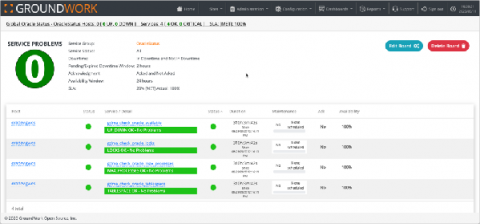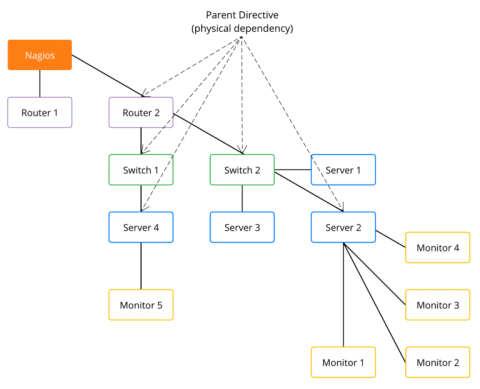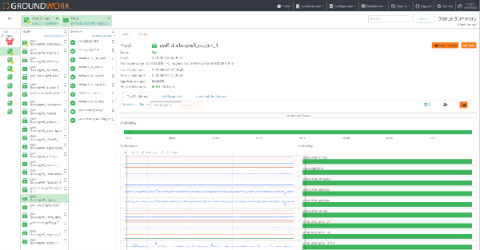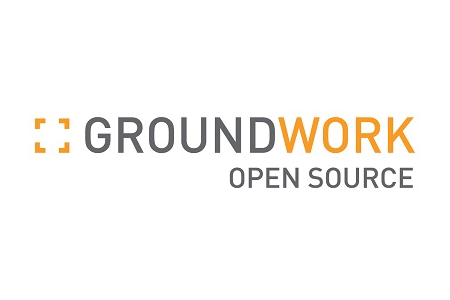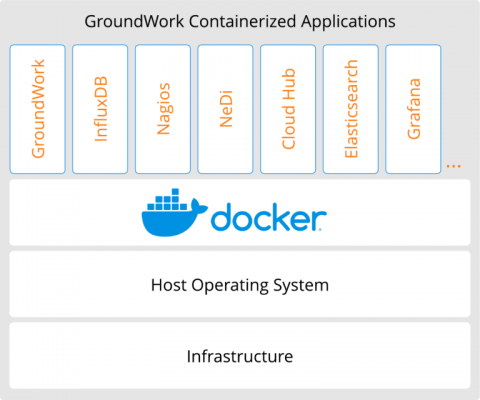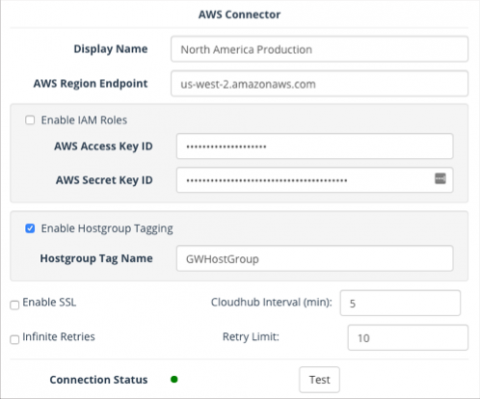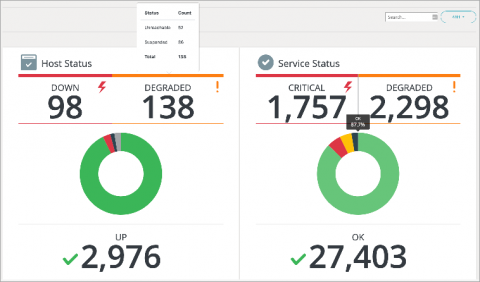Application Monitoring with the Prometheus Client and GroundWork MonitorGot 7 minutes?
Prometheus is a popular open-source systems monitoring and alerting project. The project is a member of the Cloud Native Computing Foundation, joining in 2016 as the second hosted project, after Kubernetes. In this blog, we will demonstrate how to implement Application Performance Monitoring (APM) using the Prometheus GoLang client libraries API and de-facto standard data transport model to feed monitoring metrics into the GroundWork Monitor 8 server.



